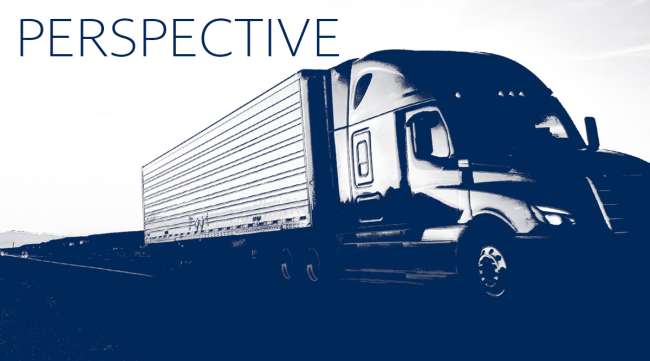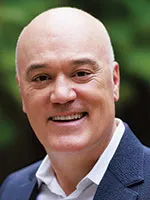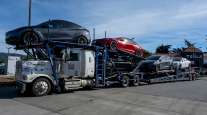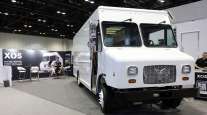CEO, Greenlane
Perspective: A Case Study on Building EV Charging Networks

[Stay on top of transportation news: Get TTNews in your inbox.]
The level of stakeholder buy-in required to propel electrification in trucking cannot be overstated, as a single example in California illustrates.
When I became Greenlane’s CEO in 2023, I knew tackling this issue would require collaboration among several parties, such as freight and logistics industry leaders, local governments whose municipalities house electric truck charging sites, private corporations and beyond.
Our team recognized that sites with existing grid access allow for faster rollout, so we prioritized those locations and others where incentives and grants were likely to be allocated. However, each site requires a customized approach due to varying power availability and regional constraints.
For one, while our stations will primarily rely on the grid, we’re also integrating on-site power generation — typically through solar carports, battery storage and other sources — to ensure that each station can support charging capacity and meet power demands.

Macdonald-King
But the question remained: How do we identify the route that will become our first charging corridor? Answering that question led us to tap into telematics data from our joint venture partner, Daimler Truck North America, combined with insights and customer data through our partnership with Uber Freight.
Since Uber Freight manages $18 billion of freight each year, its data came specifically from that network to assess corridors prime for deployment, understand specific charging infrastructure needs and identify the shipping lanes that would most benefit from electrification.
This data also included types of customers moving toward EVs, freight types ripe for electrification, and a marketplace for shippers looking for zero-emission vehicle partners to electrify their fleets to hit environmental, social and governance goals.
Through this analysis, we were able to consider viable freight corridors and determine that stations should be situated every 80 to 100 miles to ensure long-distance travel yet easy access from major highways to accommodate longhaul operators.
David Bell, CEO of CloneOps.ai, discusses the impact of AI on the trucking industry. Tune in above or by going to RoadSigns.ttnews.com.
The data also allowed us to better understand and forecast infrastructure needs and tailor solutions for each corridor’s specific demand. In California, while highways like state Route 99 and Interstate 5 run parallel, their usage patterns differ significantly. Route 99 primarily serves day-cab trucks supporting the food industry in California’s agricultural heartland. These trucks transport goods to nearby distribution hubs, making the corridor well-suited for electric truck batteries with a range of 250 miles. Contrastingly, I-5 is dominated by sleeper cabs handling longhaul routes, which present different electrification challenges. This combined understanding led to us pinpointing I-15, which stretches from Los Angeles to Las Vegas, as our first freight corridor to develop.
Then, we took a beat to ensure that the location would bring economic and public health benefits to the area. Again, collaboration helped bring the location to fruition.
Our initial charging site, which kicks off the I-15 corridor project, is in Colton, Calif., in the region known as the Inland Empire, which includes disadvantaged and low-income areas that suffer from high pollution levels. These communities stand to benefit from improved air quality because of reduced emissions.
Bringing commercial EV charging to Colton required providing details to the city and the South Coast Air Quality Management District (SCAQMD) grant program about how charging infrastructure allows for large-scale vehicle electrification, which could then help address persistent air quality challenges. Also, the project emphasized job creation, increased tax revenue and educating the local community to equip residents with future-proof skills. This allowed us to focus on how we could collaborate to drive environmental and economic improvements for the community.
Want more news? Listen to today's daily briefing above or go here for more info
The result? We secured a $15 million grant from SCAQMD to expedite site development in Colton.
A SCAQMD governing board member described the project as a “path toward a more sustainable future” for the transportation sector and San Bernardino County residents. Colton’s mayor said the project “exemplifies the positive outcomes of a strong city and stakeholder collaboration.”
These partnerships led to a vision that benefits residents and the industry, demonstrating how infrastructure development can boost public health goals, resulting in faster and more effective project completion.
Patrick Macdonald-King is CEO of Greenlane, a joint venture established by Daimler Truck North America, NextEra Energy Resources and BlackRock.





